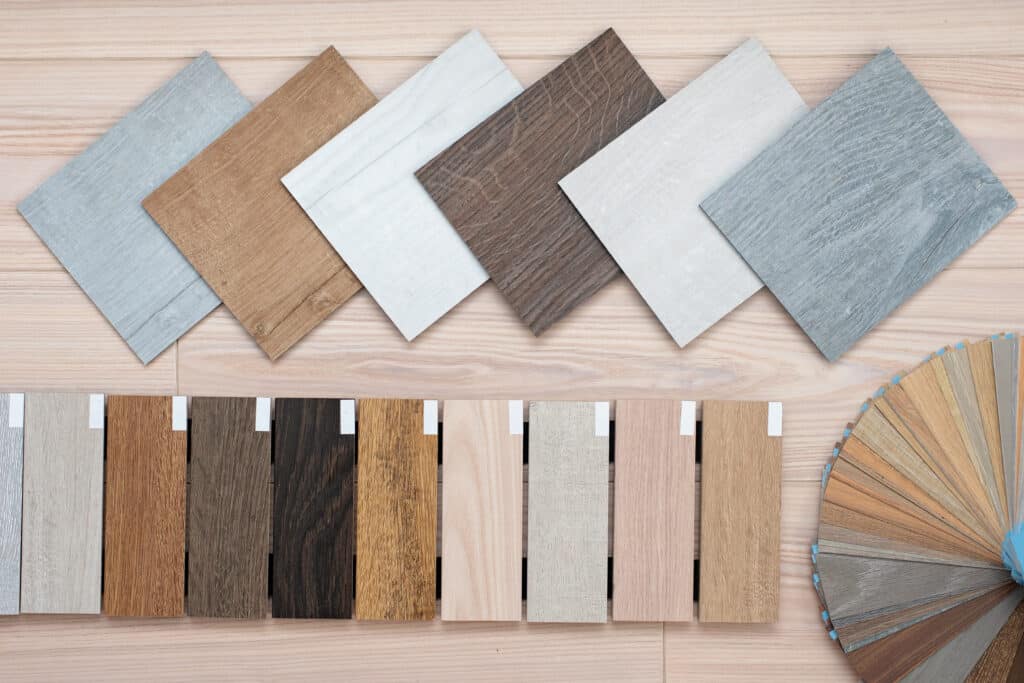Understanding the Fundamentals of LVT, LVP, and LVF: A Comprehensive Guide

UNDERSTANDING THE FUNDAMENTALS OF LVT, LVP, AND LVF: A COMPREHENSIVE GUIDE
Luxury Vinyl Tile (LVT), Luxury Vinyl Plank (LVP), and Luxury Vinyl Flooring (LVF) have become prominent choices in the flooring industry, offering a range of performance and visual characteristics. In this guide, we will delve into the fundamentals of these versatile flooring options, exploring their unique features and applications.
Common Denominators:
While each type has its distinct characteristics, LVT, LVP, and LVF share common denominators. They all boast impressive performance and visual traits, making them popular choices for residential and commercial spaces alike.
LVT – Diverse and Versatile:
LVT stands out as one of the most diverse flooring options available. Its versatility lies in the ability to replicate the appearance of real wood, ceramic, or stone using advanced photographic technologies. Typically square in shape, LVT offers a broad range of design possibilities, making it suitable for various interior styles.
LVP – Distinctive Plank Shapes:
Luxury Vinyl Plank (LVP) distinguishes itself by having the shape of individual pieces. While LVTs are usually squares, LVP often imitates wood, presenting a variety of plank and board sizes. This distinction allows for a more authentic wood-like appearance, contributing to its popularity in spaces where the warmth of wood is desired.
WPC and SPC – Subcategories for Enhanced Performance:
Within the realm of LVT and LVP, two broader subcategories, known as WPC (Waterproof Core) and SPC (Solid Polymer Core), offer enhanced performance characteristics.
- WPC (Waterproof Core):Suppliers use WPC to mimic wood floors with stunning realism while creating the thickness of a half-inch plank. This subcategory overcomes common challenges associated with natural materials, such as weight during shipping and handling.
- SPC (Solid Polymer Core):Considered an improved version of traditional vinyl flooring, SPC is based on a rigid core platform. Generally stiffer and more dense than WPC, SPC is specified for applications requiring greater resistance to foot traffic, indentation, and everyday accidents. Recent advancements include alternative cores like magnesium oxide, providing fireproof, dent-proof, and waterproof qualities.
Choosing the Right Option for Your Space:
The choice between LVT, LVP, WPC, and SPC depends on factors such as the desired aesthetic, application requirements, and budget considerations. Whether replicating the elegance of hardwood or achieving a sleek modern look, these luxury vinyl flooring options offer a solution for every design need.
In conclusion, understanding the fundamentals of LVT, LVP, and LVF empowers homeowners and designers to make informed choices based on the unique characteristics and benefits each type brings to the table. As technology advances, these flooring options continue to redefine the possibilities in interior design, providing both durability and aesthetic appeal.
